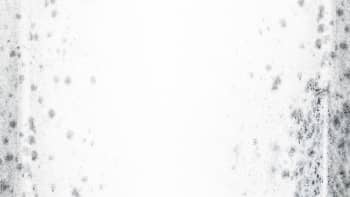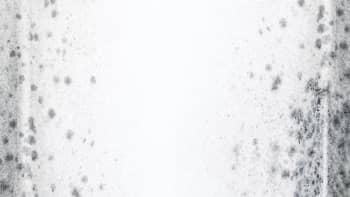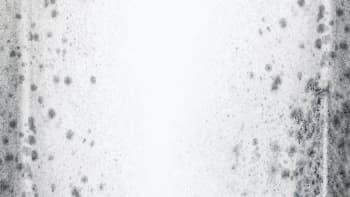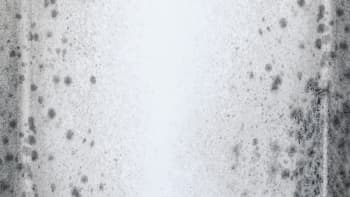Can household mould really make you sick?
UQ Mythbusters
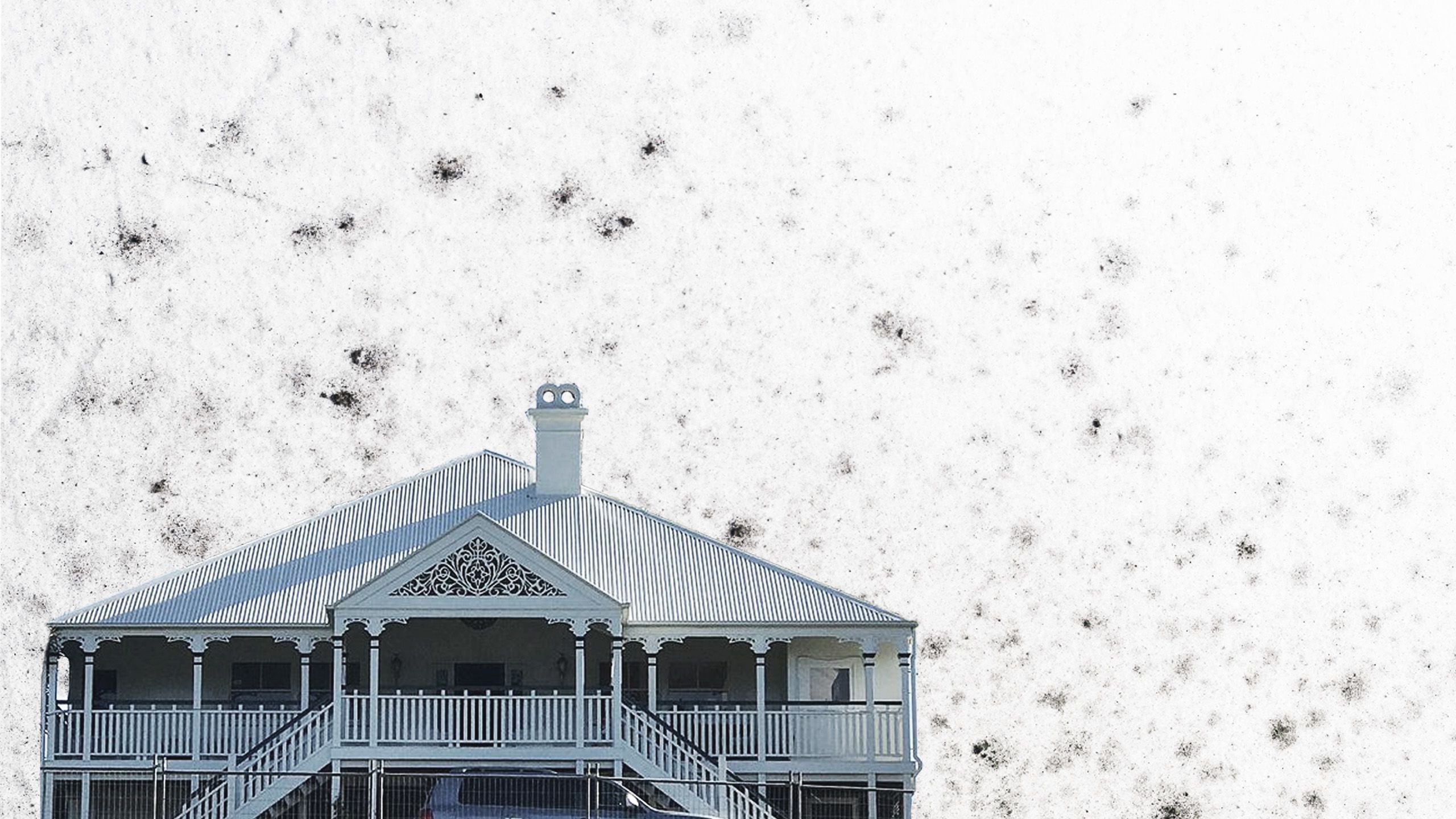
Household mould:
is it really that bad for your health?
UQ Mythbusters

Household mould is often painted as a silent, lurking health hazard, but is it really as dangerous as we think? In Queensland, where humidity creates the perfect conditions for mould growth, many of us share concerns about its impact on our health. But are our worries justified?
For the latest instalment of UQ Mythbusters, Contact spoke to Associate Professor Nicholas Osborne, an expert in environmental health, to help us separate fact from fiction on household mould. He gives us a rundown on mould myths and – most importantly – the simple steps you can take to prevent mould from becoming a problem in your home.
Associate Professor Nicholas Osborne.
Associate Professor Nicholas Osborne.
Key points:
- Yes, mould in the house can make people ill.
- Just how ill depends on the mould and the person.
- There is little evidence that ‘black mould’ is more toxic than other kinds.
- Ventilation is a critical factor in mould prevention and remediation.
- Always dry your washing outside, if you can!
Q: Settle the spore once and for all: can having mould in your home really make you sick? If so, what are the risks?
A: Yes, mould does have the potential to make you ill, but it varies from person to person how much will exert a negative health outcome. Some moulds contain toxins some scientists feel may have health impacts. Others may induce allergic reactions, like hay fever.
The presence of mould in your home has also been found to exacerbate existing health issues such as rhinitis, chronic obstructive pulmonary disease (COPD) and asthma. The jury is still out on whether it contributes to individuals getting these diseases in the first place. In general, a healthy house is one that doesn’t have much mould.
Q: What do you think is the number one myth about mould and human health?
A: One myth is that you don’t have control over the situation. Making sure your home is well ventilated takes a little work but has some great benefits. This may be relatively easy in an old Queenslander with lots of air exchange, but in more modern houses with less permeable membranes it may be more of an issue. While the carbon footprint of a building may be reduced by ensuring heat stays in, it can have the disadvantage of the build-up of moisture inside.
A few simple processes will aid the process, such as having (and, more importantly, using) extractor fans in kitchens, laundries and bathrooms, fixing leaky pipes, keeping wet cloths (and animals!) outside and opening windows and doors from time to time. Drying washing inside in winter won’t help. Reducing dampness will also reduce the likelihood of dust mites, another significant allergen to humans, being present.
But probably the greatest myth is that all mould is toxic and will make you seriously ill. While some people are highly sensitive to moulds due to their immune system, most are not.
Q: True or false: 'black mould' is the worst kind.
A: Mould comes in a range of colours including greens, orange, white, pink and browns. Black mould could be the variety Stachybotrys chartarum, but there is little evidence that it is more ‘toxic’ than other species. Most people also only come into direct contact with the spores of mould when they become aerosolised – for example, when cleaning or during strong air currents.
Q: What are the different types of household mould? How do they differ?
A: There are usually 20–30 species found in Australian homes (compared with the 100,000 species in the environment). They can be grouped as belonging to genus such as Stachybotrys, Aspergillus, Cladosporium or Penicillum.
Each of these genera will have tens or hundreds of varieties but only some will grow in domestic environments. Each species will have their own ecological niche and will grow more depending on the temperature, amount of damp and surface it is growing on.
Q: Does bleach kill mould? Or does it come with its own health risks?
A: Diluted bleach does kill mould, but probably works best on smooth surfaces like glass or tiles and probably won’t work as efficiently on porous surfaces such as drywall or wood. Other home remedies for mould removal include white vinegar, hydrogen peroxide or baking soda.
It’s also important to establish the root cause of the mould problem, such as a leaky pipe or lack of ventilation, and remove the source of water ingress. Bleach can irritate the skin and eyes, so care needs to be taken when using it.
Q: What's the first thing people should do if they find significant amounts of mould in their home? Any advice for renters?
A: I would recommend a three-step approach:
- Locate and remove the moisture source, if possible.
- Clean the mould, if safe to do so.
- Remedy the moisture source through repairs.
In the case of a rental property, fixing any leaking pipes would be the landlords’ responsibility, while ventilating would be the renter’s job. Remember, mould can be out of sight (behind walls or cladding) but still an issue.
Q: Our warm, wet summers in Queensland often bring some sneaky mould outbreaks with them. What's your best advice for staying safe in this musty season?
A: Open the windows and ventilate. Additionally, always dry your washing on a clothesline outside or under your house, not indoors or using an unventilated dryer. With warm Queensland weather, they should dry soon enough!
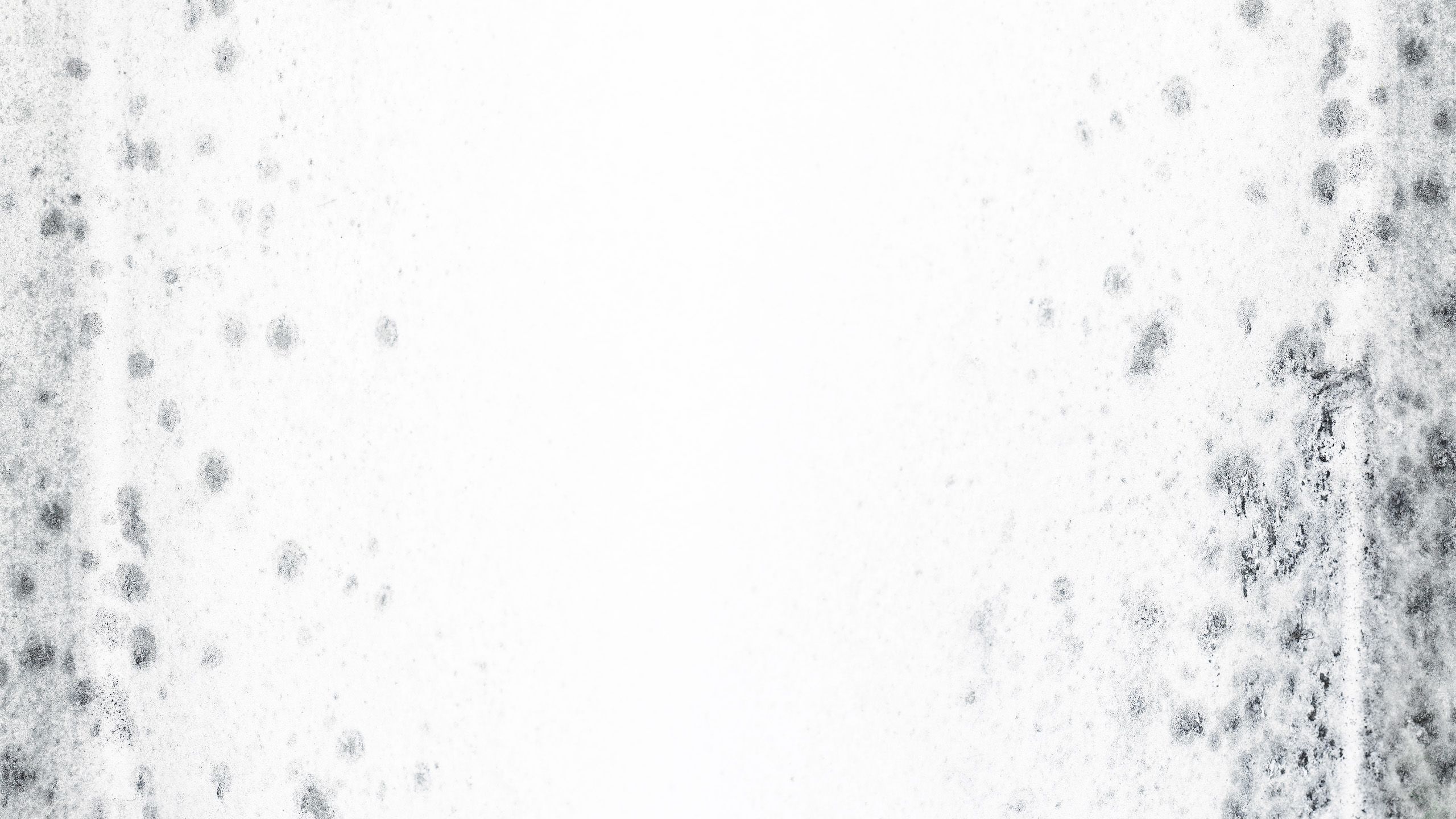
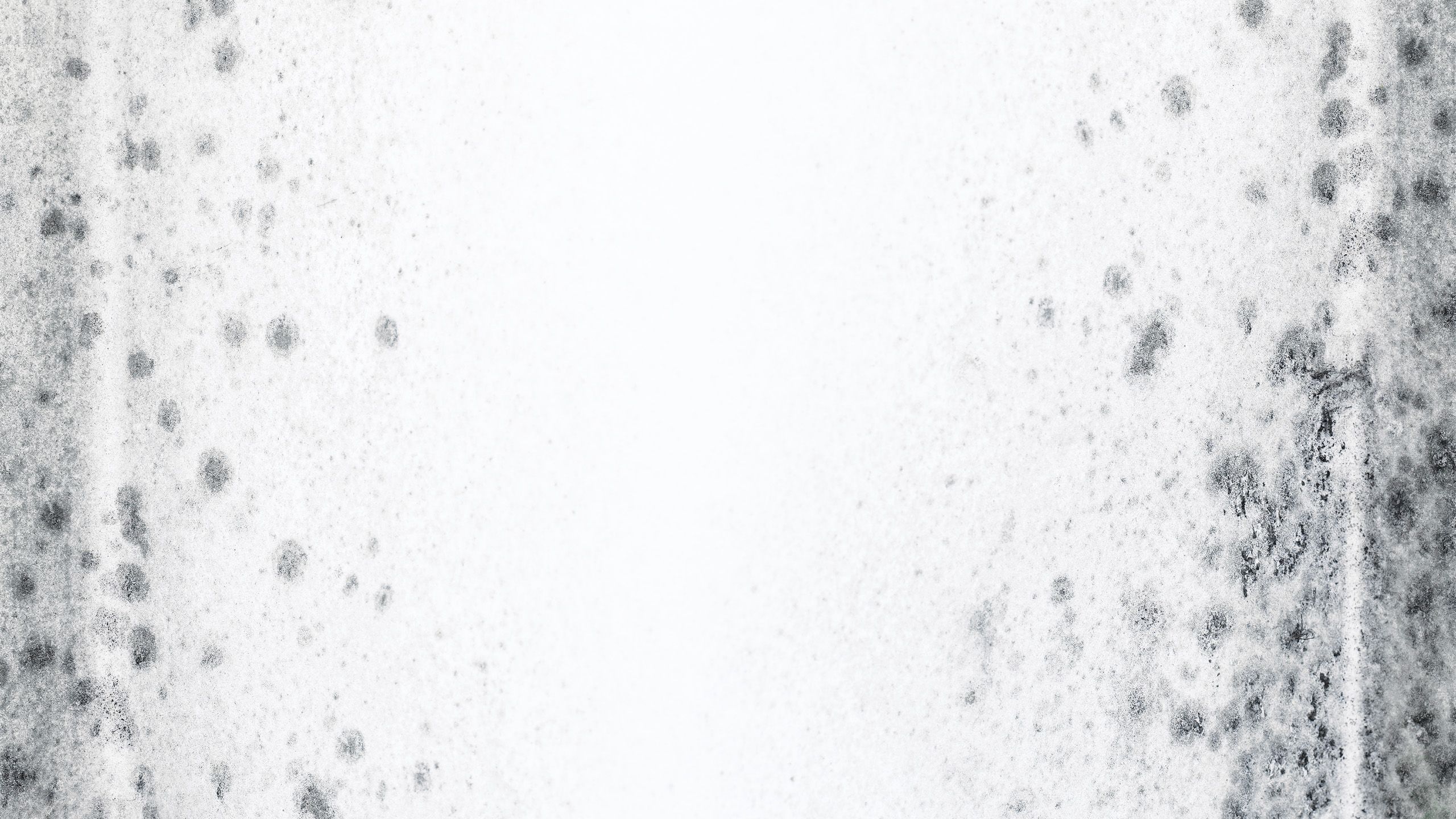
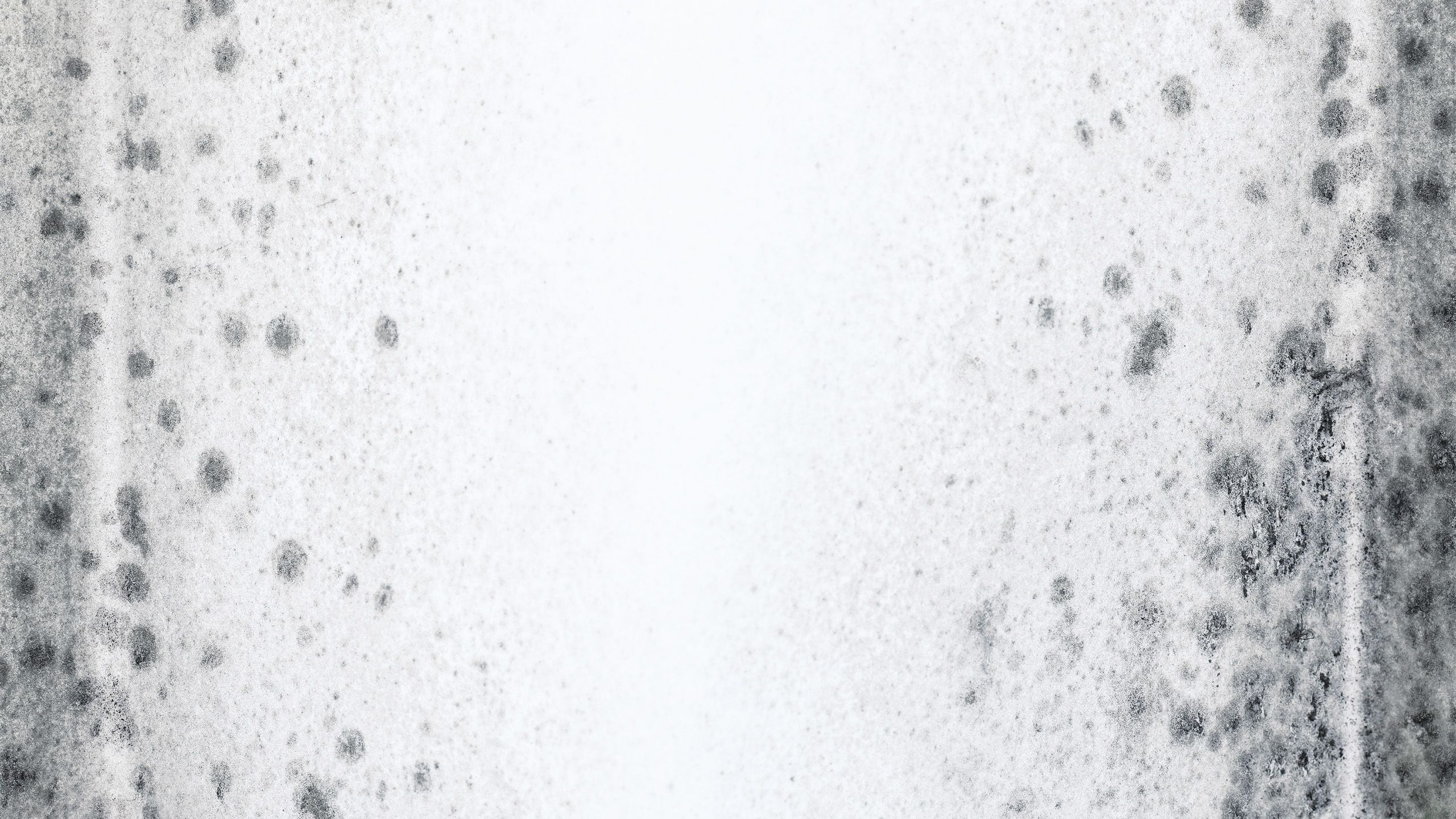
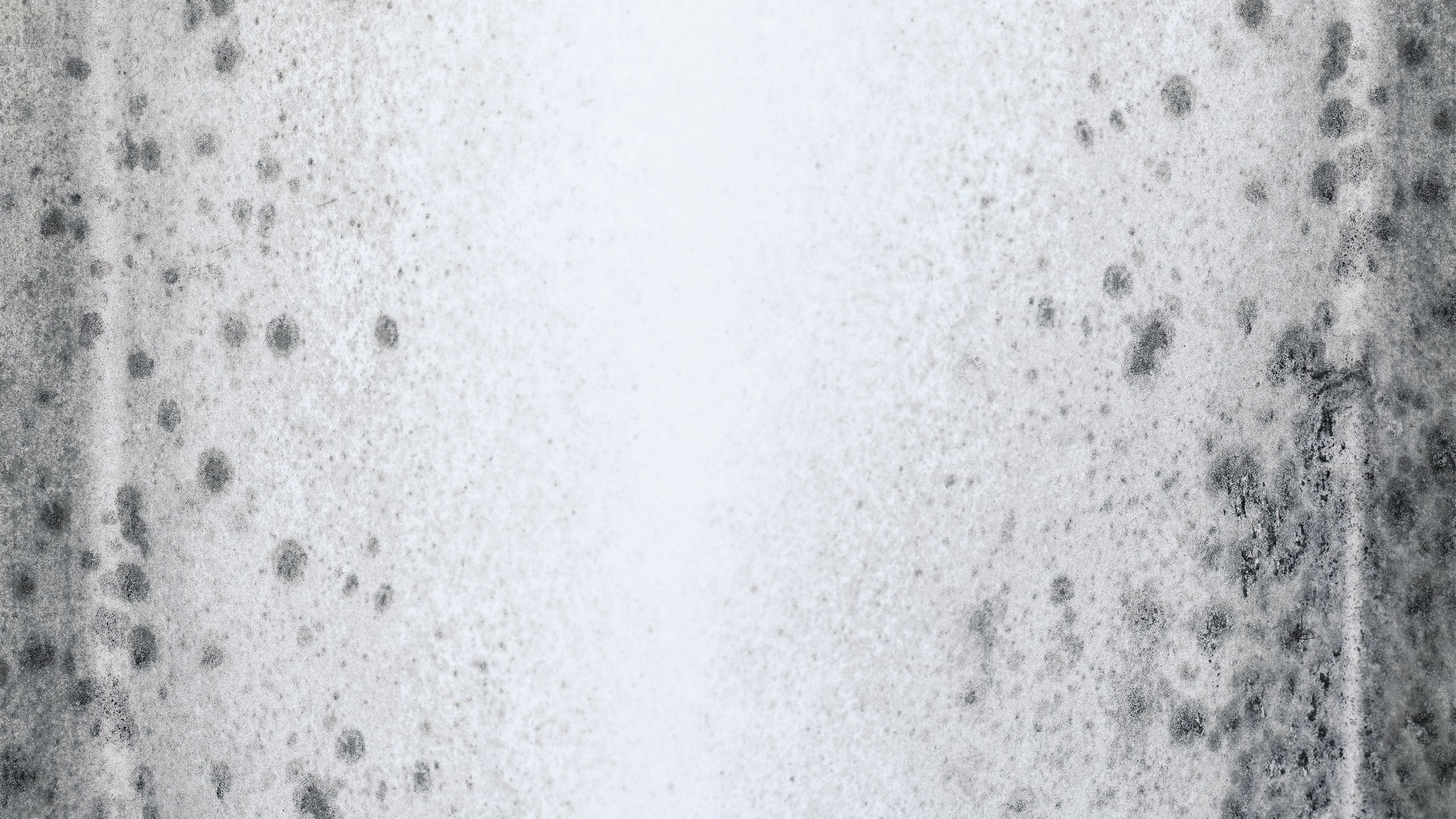
Q: Settle the spore once and for all: can having mould in your home really make you sick? If so, what are the risks?
A: Yes, mould does have the potential to make you ill, but it varies from person to person how much will exert a negative health outcome. Some moulds contain toxins some scientists feel may have health impacts. Others may induce allergic reactions, like hay fever.
The presence of mould in your home has also been found to exacerbate existing health issues such as rhinitis, chronic obstructive pulmonary disease (COPD) and asthma. The jury is still out on whether it contributes to individuals getting these diseases in the first place. In general, a healthy house is one that doesn’t have much mould.
Q: What do you think is the number one myth about mould and human health?
A: One myth is that you don’t have control over the situation. Making sure your home is well ventilated takes a little work but has some great benefits. This may be relatively easy in an old Queenslander with lots of air exchange, but in more modern houses with less permeable membranes it may be more of an issue. While the carbon footprint of a building may be reduced by ensuring heat stays in, it can have the disadvantage of the build-up of moisture inside.
A few simple processes will aid the process, such as having (and, more importantly, using) extractor fans in kitchens, laundries and bathrooms, fixing leaky pipes, keeping wet cloths (and animals!) outside and opening windows and doors from time to time. Drying washing inside in winter won’t help. Reducing dampness will also reduce the likelihood of dust mites, another significant allergen to humans, being present.
But probably the greatest myth is that all mould is toxic and will make you seriously ill. While some people are highly sensitive to moulds due to their immune system, most are not.
Image: Adobe Stock
Image: Adobe Stock
Q: True or false: 'black mould' is the worst kind.
A: Mould comes in a range of colours including greens, orange, white, pink and browns. Black mould could be the variety Stachybotrys chartarum, but there is little evidence that it is more ‘toxic’ than other species. Most people also only come into direct contact with the spores of mould when they become aerosolised – for example, when cleaning or during strong air currents.
Q: What are the different types of household mould? How do they differ?
A: There are usually 20–30 species found in Australian homes (compared with the 100,000 species in the environment). They can be grouped as belonging to genus such as Stachybotrys, Aspergillus, Cladosporium or Penicillum.
Each of these genera will have tens or hundreds of varieties but only some will grow in domestic environments. Each species will have their own ecological niche and will grow more depending on the temperature, amount of damp and surface it is growing on.
Q: Does bleach kill mould? Or does it come with its own health risks?
A: Diluted bleach does kill mould, but probably works best on smooth surfaces like glass or tiles and probably won’t work as efficiently on porous surfaces such as drywall or wood. Other home remedies for mould removal include white vinegar, hydrogen peroxide or baking soda.
It’s also important to establish the root cause of the mould problem, such as a leaky pipe or lack of ventilation, and remove the source of water ingress. Bleach can irritate the skin and eyes, so care needs to be taken when using it.
Q: What's the first thing people should do if they find significant amounts of mould in their home? Any advice for renters?
A: I would recommend a three-step approach:
- Locate and remove the moisture source, if possible.
- Clean the mould, if safe to do so.
- Remedy the moisture source through repairs.
In the case of a rental property, fixing any leaking pipes would be the landlords’ responsibility, while ventilating would be the renter’s job. Remember, mould can be out of sight (behind walls or cladding) but still an issue.
Q: Our warm, wet summers in Queensland often bring some sneaky mould outbreaks with them. What's your best advice for staying safe in this musty season?
A: Open the windows and ventilate. Additionally, always dry your washing on a clothesline outside or under your house, not indoors or using an unventilated dryer. With warm Queensland weather, they should dry soon enough!
Image: Adobe Stock / Sergey
Image: Adobe Stock / Sergey




